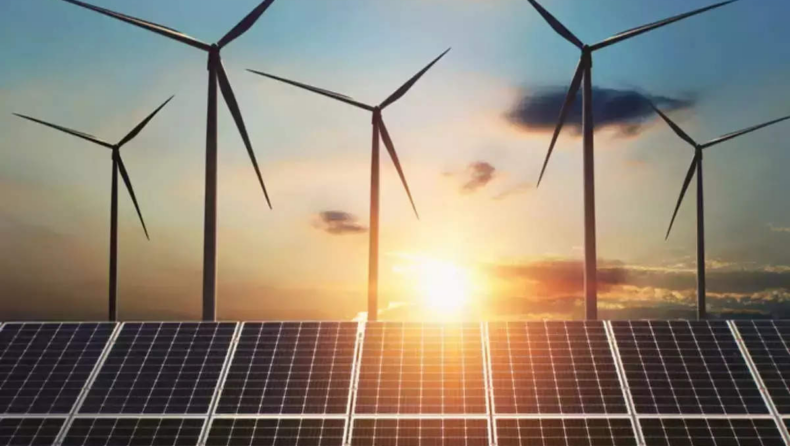In a tweet on Thursday, Union Minister for Power and New and Renewable Energy Shri R.K. Singh wrote that this is a “landmark day in the history of the Indian power sector” and that India shall continue to be a global leader in terms of the energy transition.
Renewable Energy
India has crossed the 100 GW milestone of installing renewable energy. Days after IPCC reported Code Red for humanity, citing an urgent need to take action in climate control, India crossed a milestone of installing 100GW of renewable energy, excluding large hydropower.
India has redefined its ambition to install 450 GW of renewable energy by 2030. While 100 GW is installed, 50 GW will be installed, and 27 GW is under tenders. India ranks 4th worldwide in Repower established, 5th in the sun and 4th in the air in total installed capacity.
India uses the most extensive cleanest energy system in the world. In India’s reaffirmation of the search for green energy sources, solar and wind generation recorded a peak of 43.1GW on 27 July. Investor interest in the Indian agricultural economy continues unabated following the growing electricity demand.
India contributes one-third of the world’s per capita emissions. According to the International Energy Agency’s India Energy Outlook 2021 report, India is the third-largest CO2 emitter. The carbon energy in its energy sector is significantly above the global average. They also added that coal remains “the mainstay of India’s energy economy, accounting for 44% of the major energy mix.”
Despite the above, India has been strengthening its green portfolio as there have been some impressive developments in its renewable energy sector and can grow. Many states, namely, Maharashtra, Chhattisgarh, Gujarat and Karnataka, have expressed their plan to stop burning coal and expand their renewables use. It helps in reducing emissions, providing clean air and also saving costs.
According to Aarti Khosla, Climate Trends Director, “We must focus on operating and reducing coal emissions, and make the necessary changes in the energy sector, to bring full benefits to the Indian energy sector.”
The IEA Report
In the preamble to the IEA report, Executive Director Fatih Birol described the growth of India’s “renewable energy sector” as “extremely impressive.” and added that “It should prepare to lead the world in areas such as solar power and batteries for decades to come.”Along with solar energy, India has been working on several projects.Wind represents another opportunity for improvement. In June, a report from the Global Wind Energy Council and MEC Intelligence, a research and consulting firm, said India would add about 20.2 GW of new wind power between 2021 and 2025.

The so-called green hydrogen is another source of fertility. Its strengths were highlighted last December in a report by The Energy and Resources Institute, based in New Delhi. These will help reduce pollution and facilitate the commitment made to COP-21 in Paris.
India plans to reduce its carbon footprint by 33-35% from its 2005 levels by 2030 and meet its 40% demand from non-fossil fuels at the time, as part of its commitment to the United Nations Framework Convention on Climate Change adopted by 195 countries in Paris in 2015.













